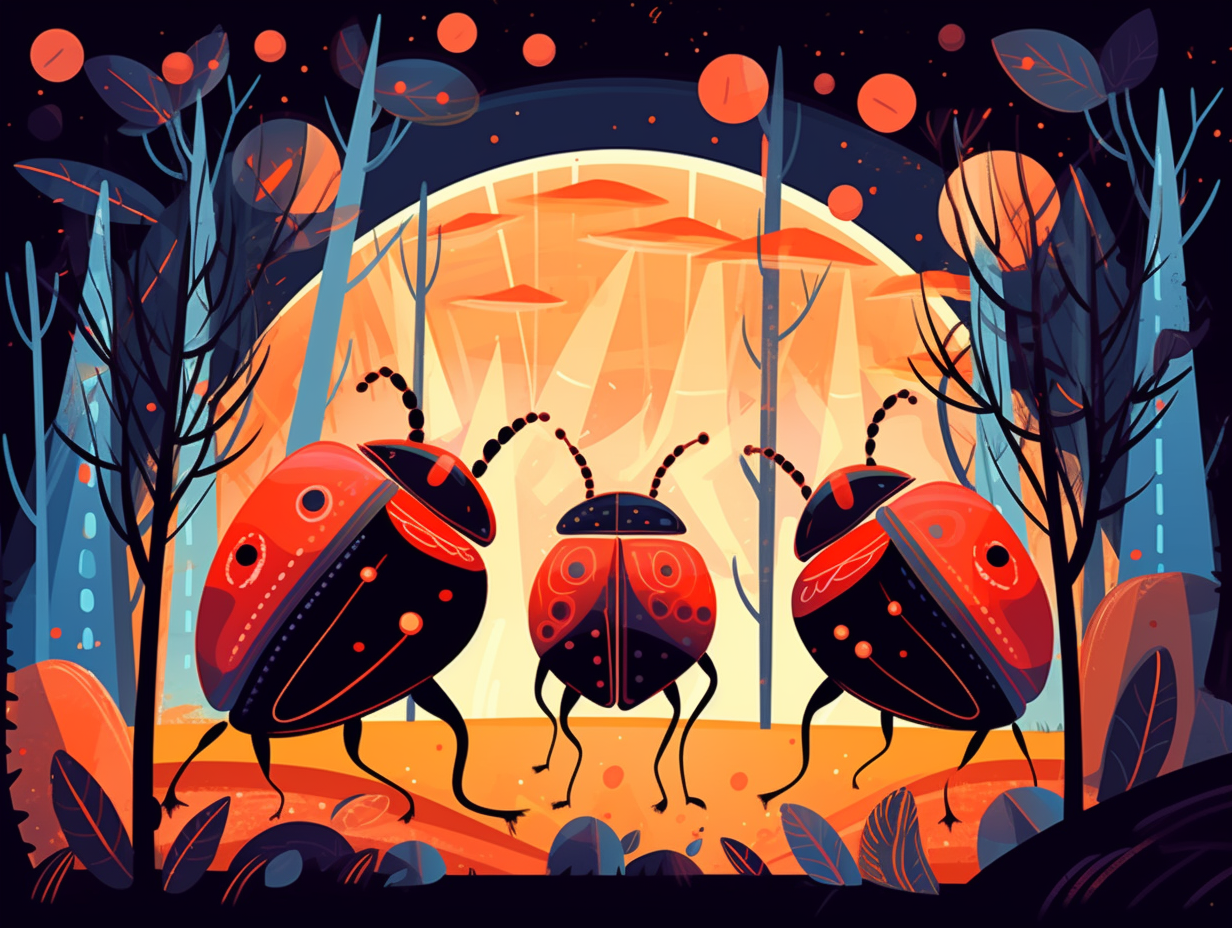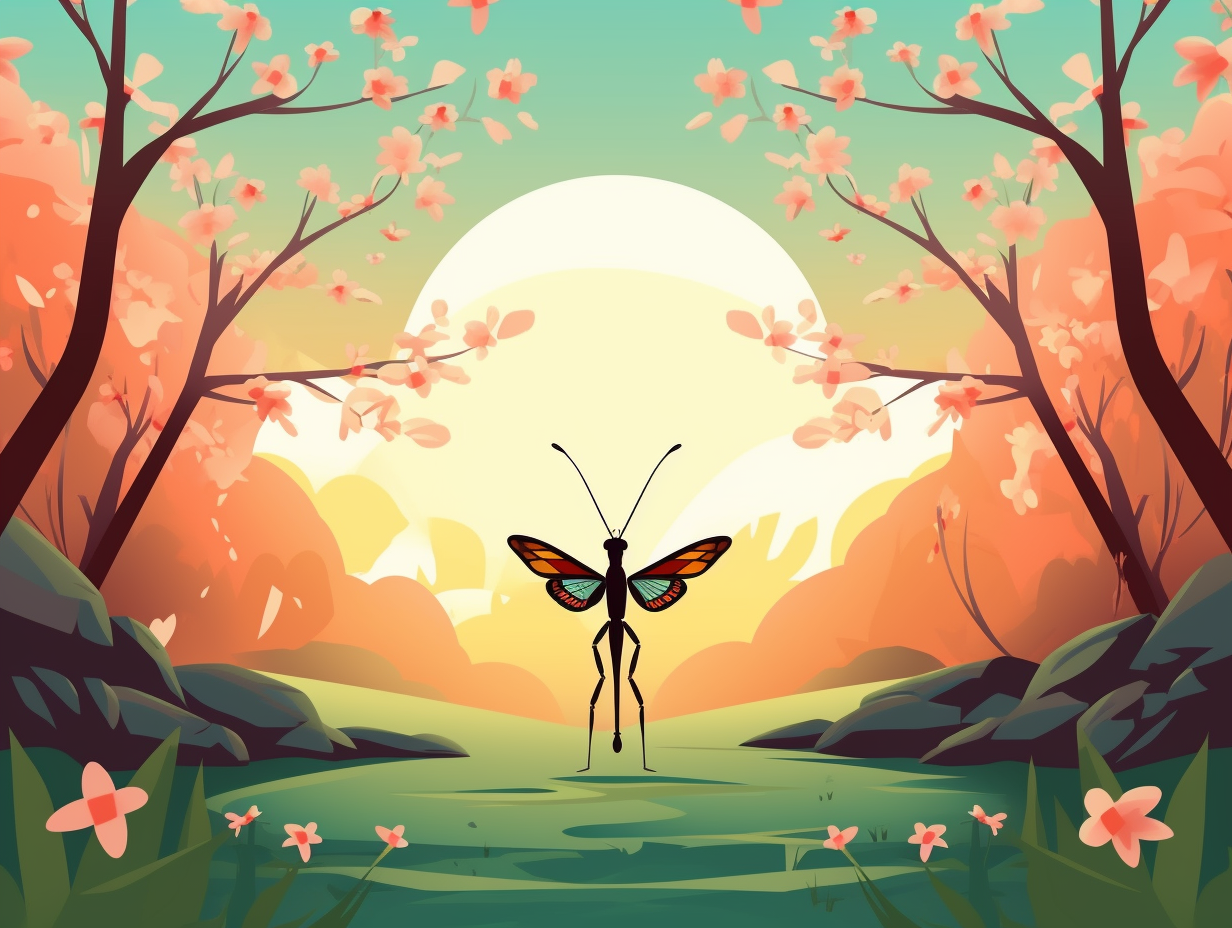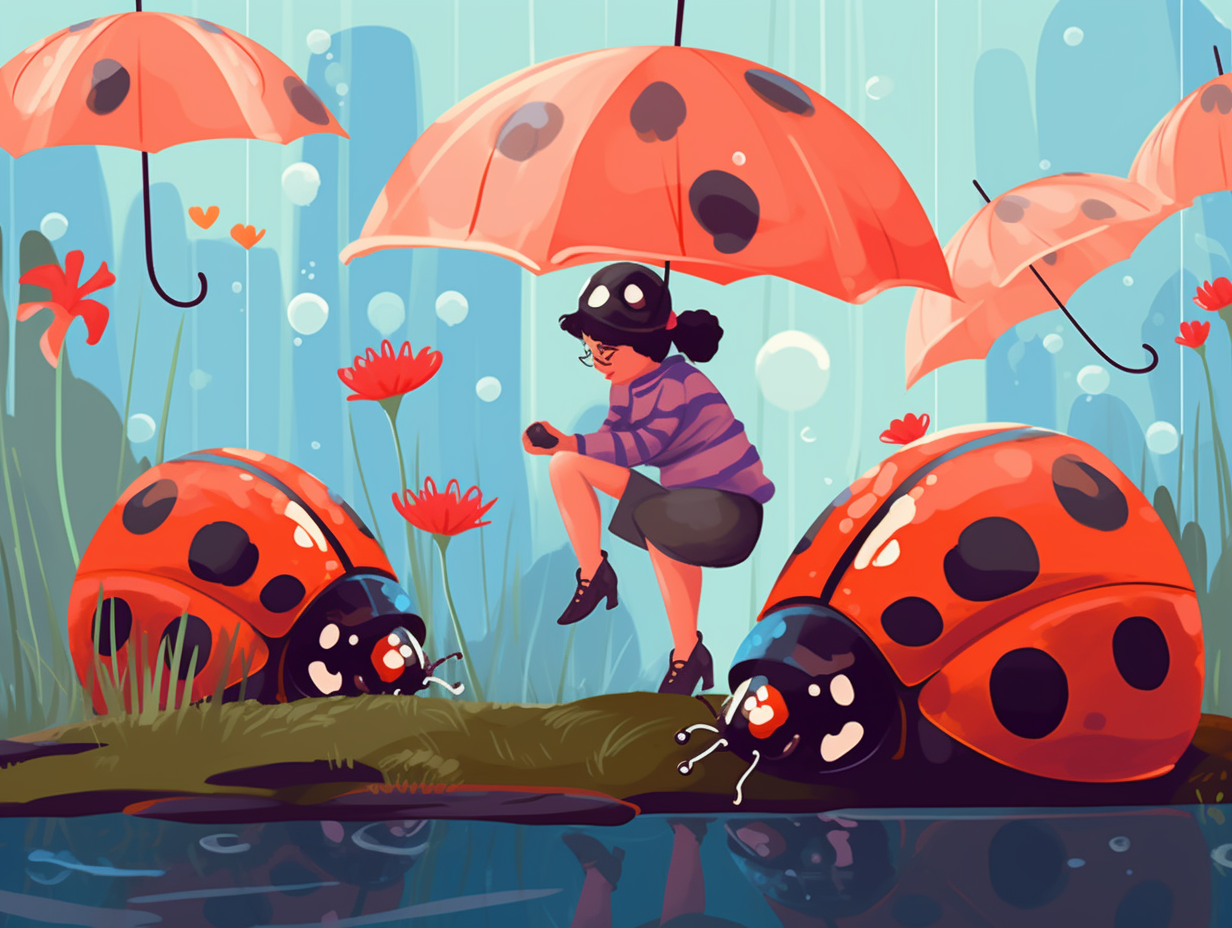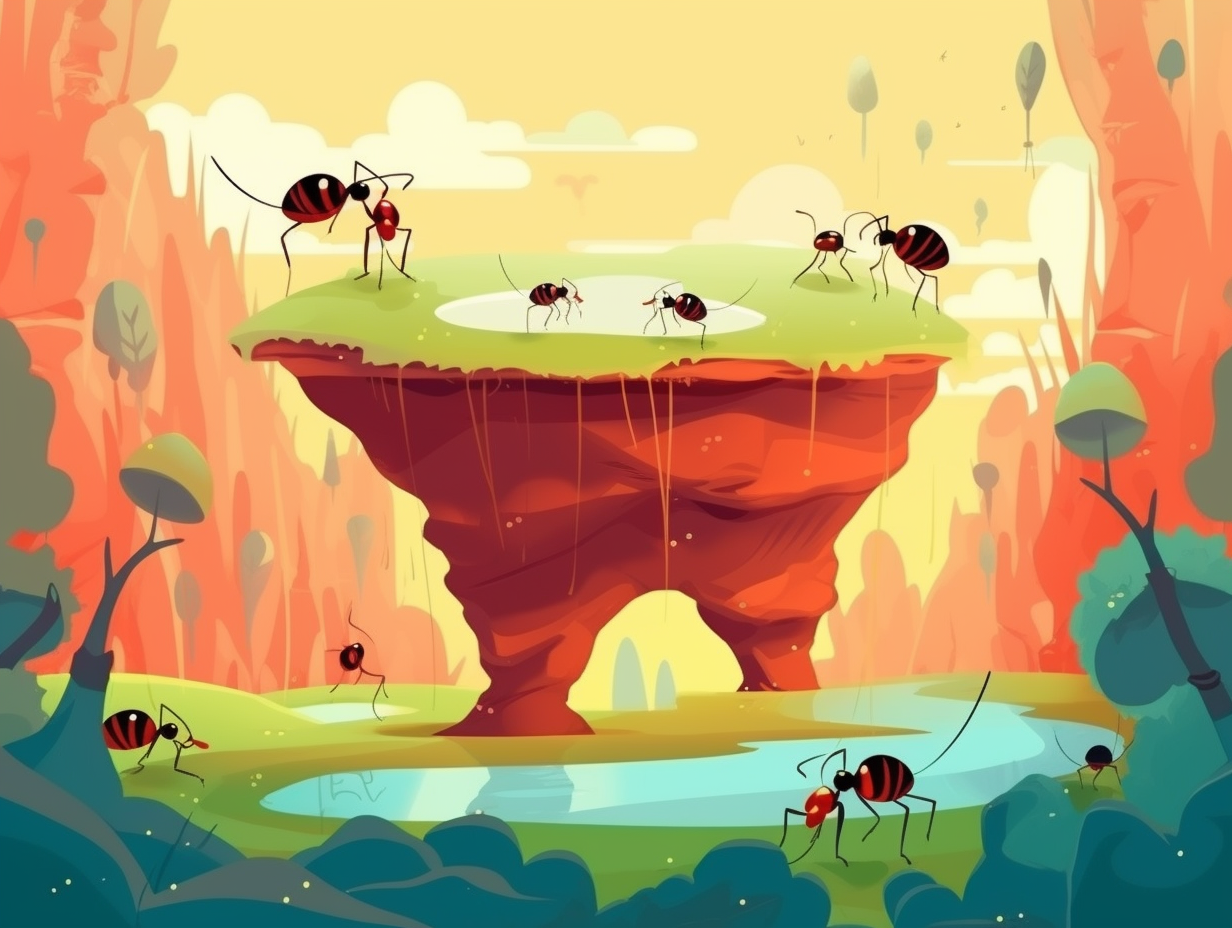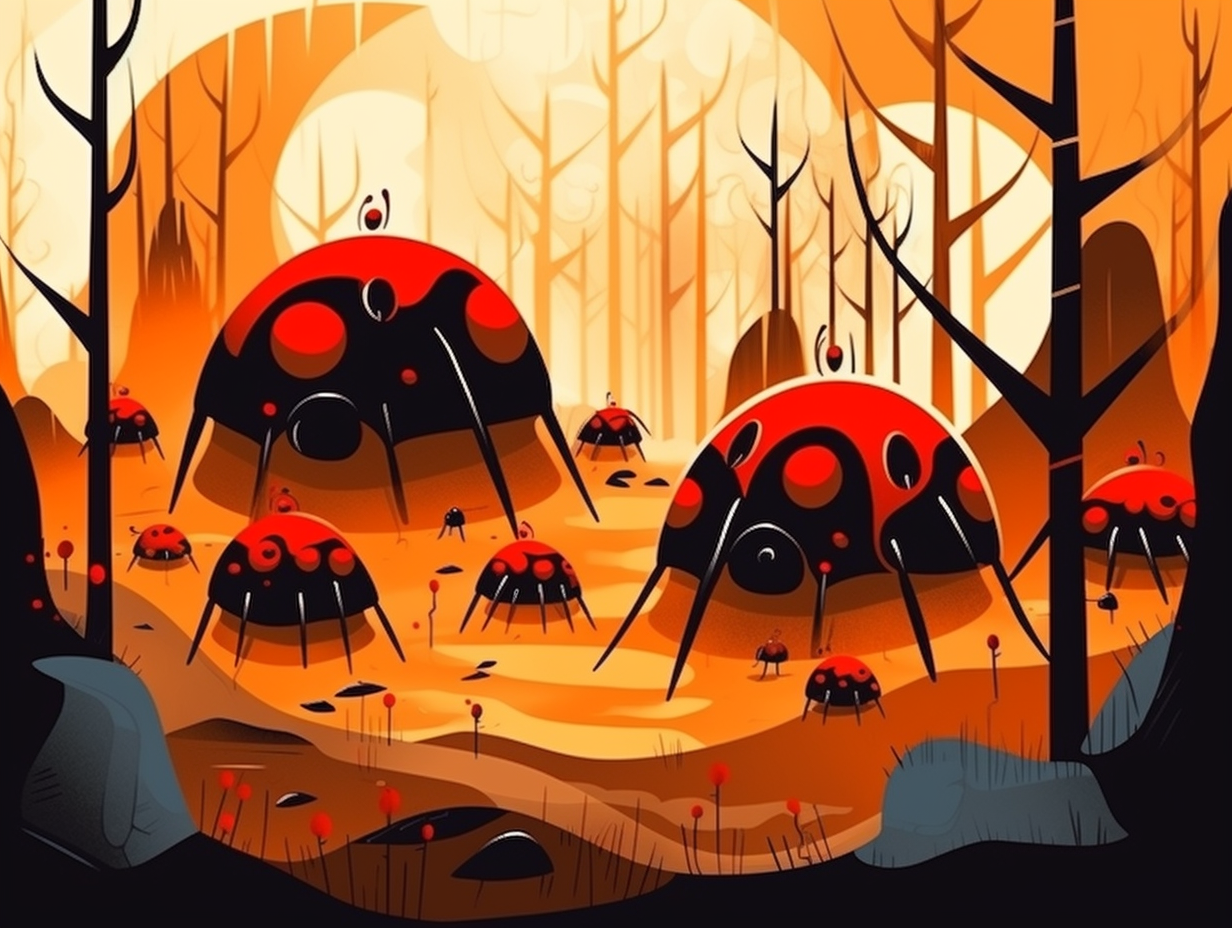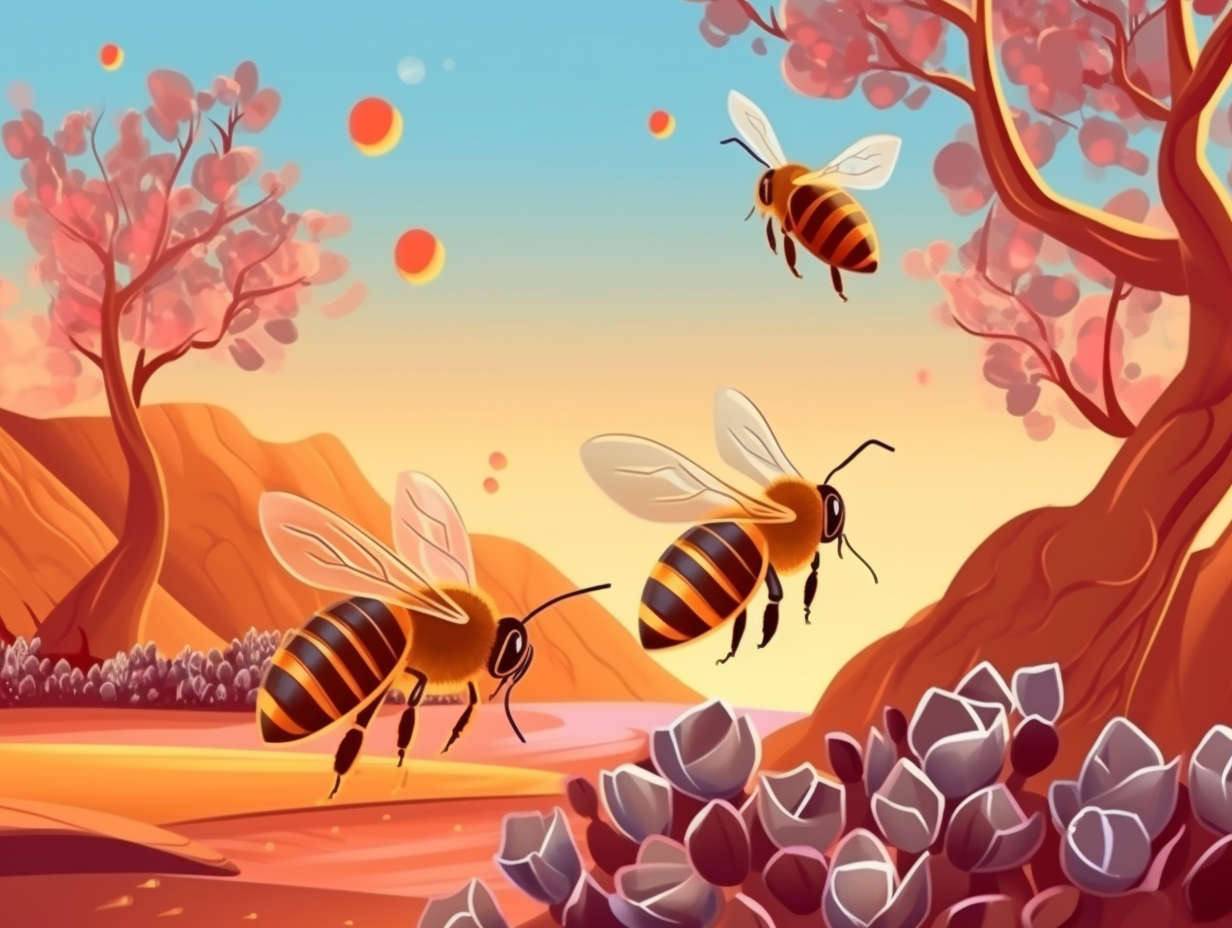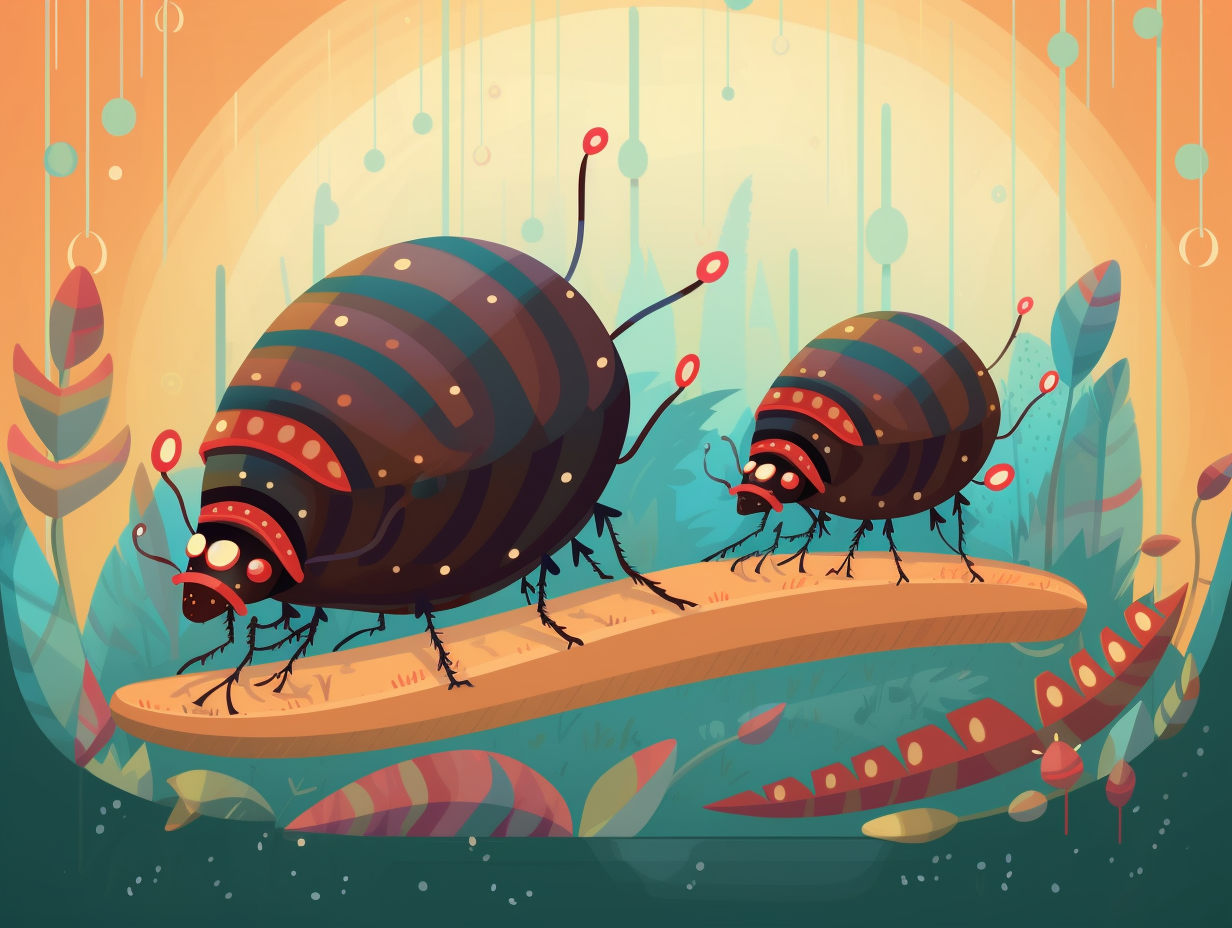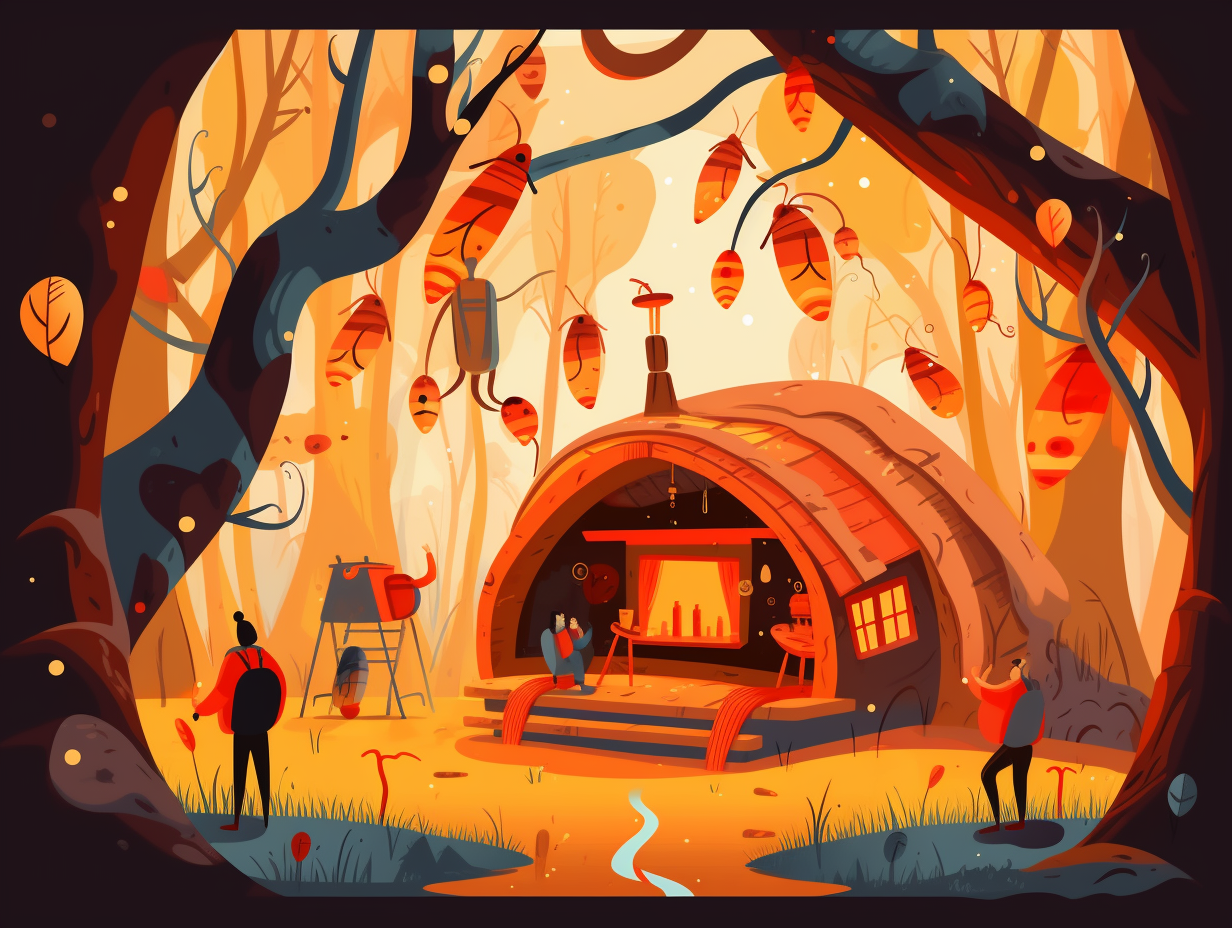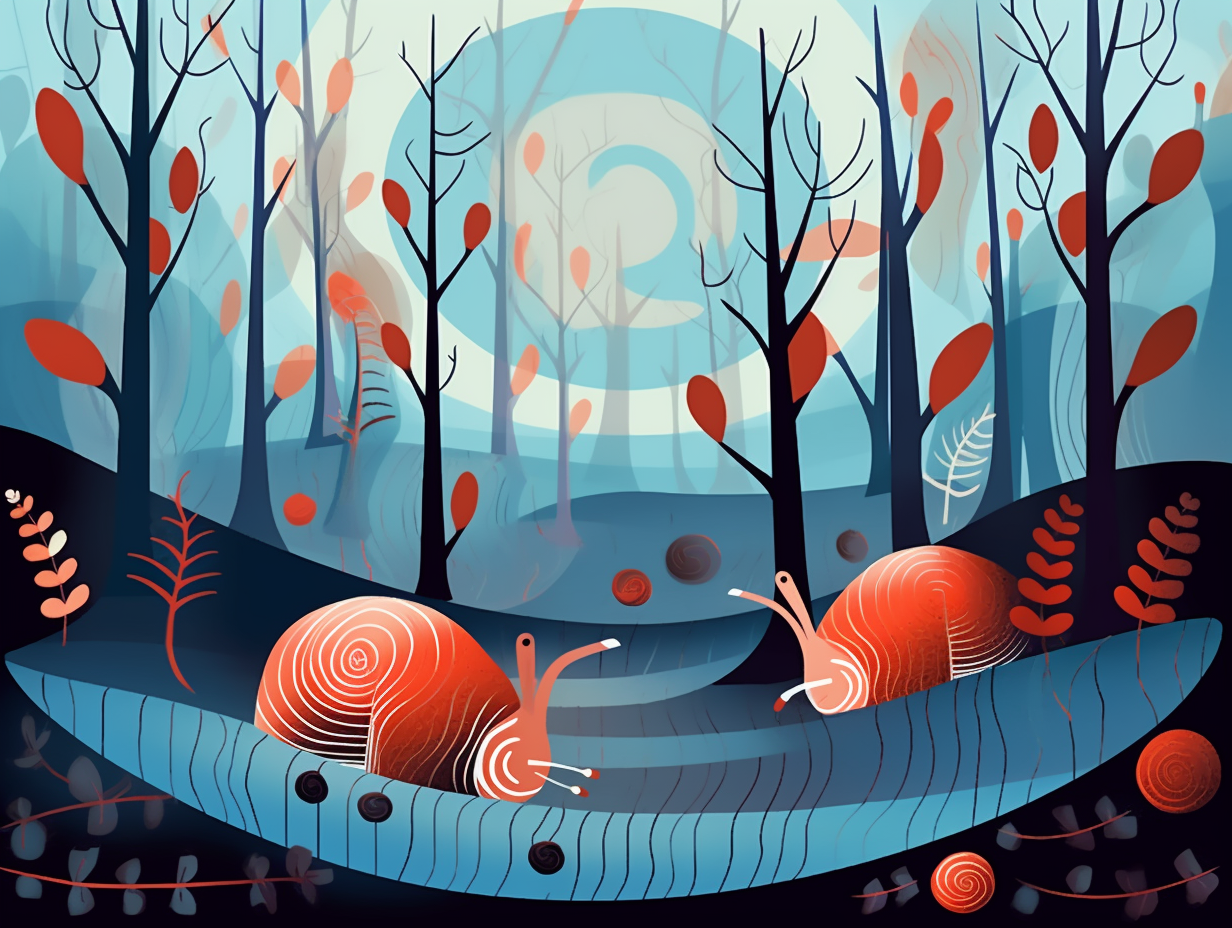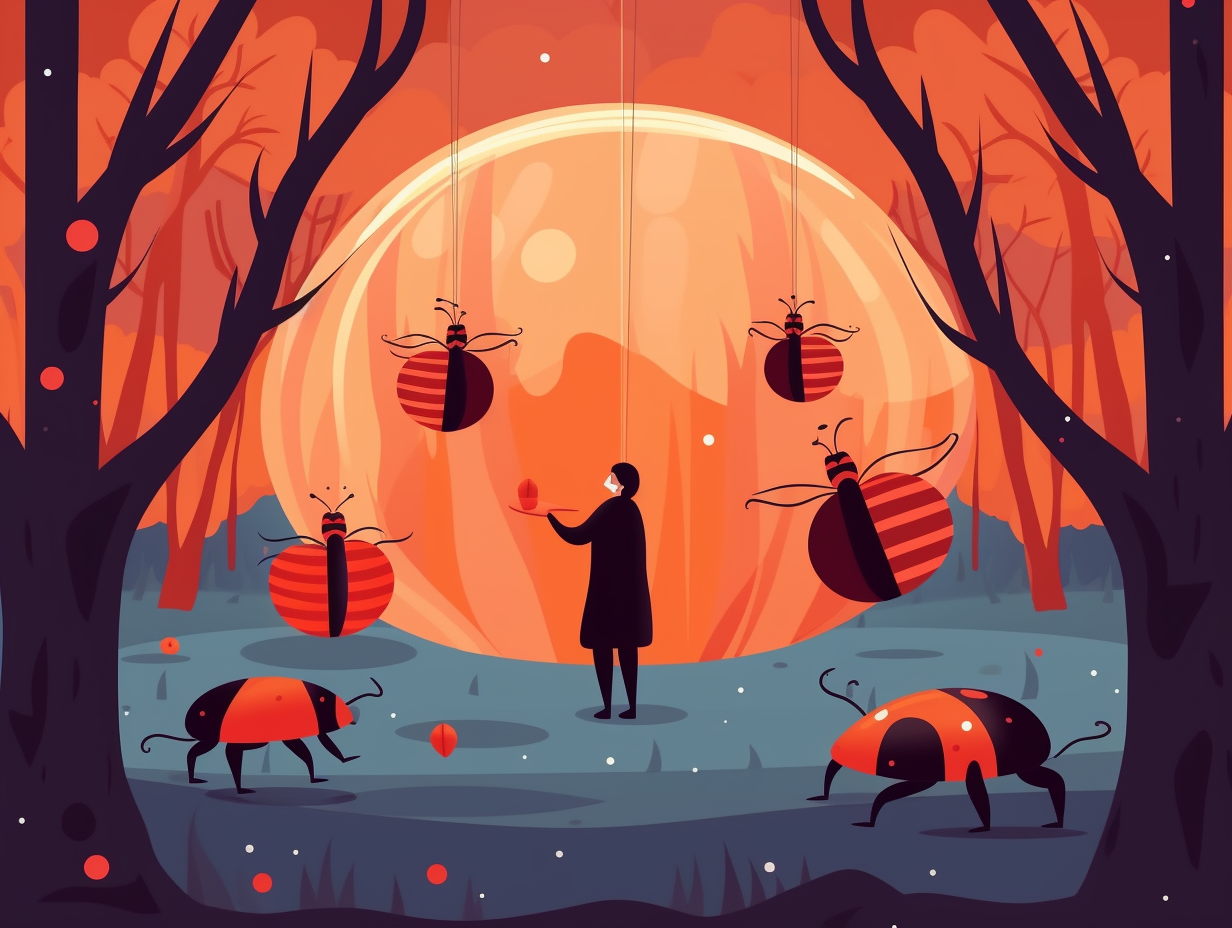Jumping into Fun: 9 Amazing Grasshopper Facts You Never Knew!
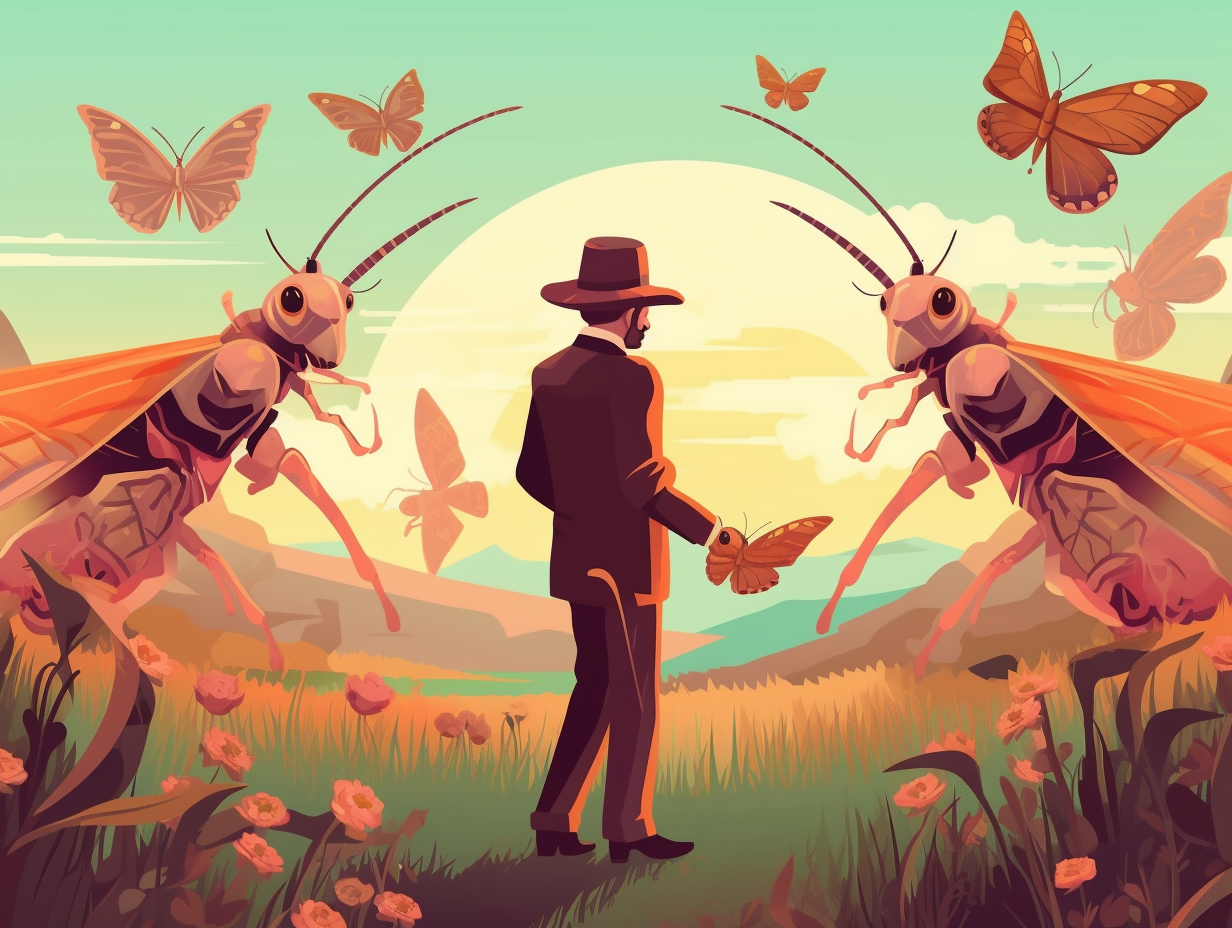
1. Silent Grasshopper Choir
If you ever thought grasshoppers were starting a choir, you might just be cricket-zy: Grasshoppers don't make any sounds, and they rely on body movements and visual cues to communicate with each other.
Source => pestdefense.com
2. Grasshopper Five-Eyed Camera Crew
Step aside, chameleons and eagles: the grasshopper is here to steal the show with its envy-worthy oculi! Little does the world know, these modest green hoppers are strutting about with a personal five-eyed camera crew filming life in 24/7 technicolor: Featuring two compound eyes for hi-def image processing and three simple eyes for detecting light and dark nuances, grasshoppers enjoy the ultimate visual experience essential to their survival. No wonder they always seem so jumpy – they're just living their best action-packed life!
Source => education.com
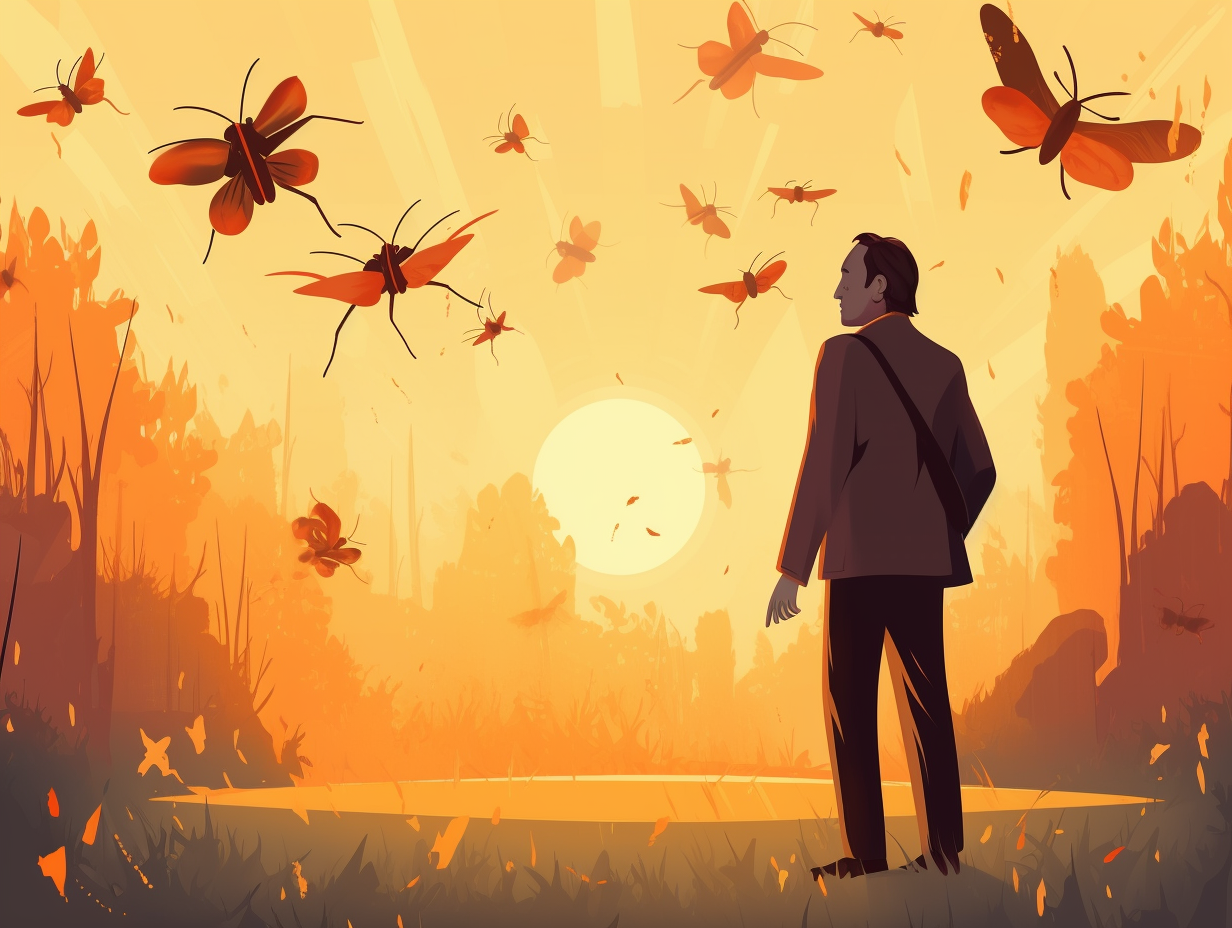
Did you know crickets are natural thermometers? Their chirping patterns can accurately predict the outdoor temperature! Discover the science behind this fascinating fact.
=> Fun Facts about Crickets
3. Grasshopper Color-Thermostat
Feeling a bit "green" with envy? Or perhaps a little more "sun-kissed" than usual? Turns out our hoppy friends, the grasshoppers, can relate: Certain grasshopper species come in both green and brown versions, with the brown ones enjoying thermal perks due to their darker hues!
Source => ncbi.nlm.nih.gov
4. Grasshopper Love Frequency
It's true that love can thaw a frozen heart, but even grasshoppers need a little help tuning in to the right romantic frequency: These hop-happy musicians of the insect world use a temperature-invariant syllable:pause ratio in their calling songs, allowing them to attract and recognize potential mates across various temperatures, all thanks to the firing pattern of specific neurons in their auditory system that focus on the pause length instead of the syllable's duration.
Source => ncbi.nlm.nih.gov

5. Grasshopper Gossip Network Placement
Listen up, because the grasshopper gossip network is all ears - just not where you'd expect them to be: Grasshoppers have their ears on the sides of their abdomen, using a thin membrane called a tympanum for sound detection, which helps them in communication, mating, and sizing up potential rivals.
Source => livingwithinsects.wordpress.com
6. Serotonin-Induced Super Locusts
They say laughter is the best medicine, but serotonin might just have the edge: it turns regular grasshoppers into voracious locusts, causing them to form colossal swarms of up to 80 million insects per square kilometer. These newly gregarious critters breed like rabbits, and with their upgraded flying skills, munch through vast quantities of greenery as they traverse great distances.
Source => en.wikipedia.org
7. Ugandan Symbol of Love & Snack
In a world where chocolate-covered strawberries have been dethroned as the ultimate romantic treat, a humble insect from the lush lands of Uganda leaps forward to claim the title: the long-horned grasshopper, or nsenene, is a symbol of love in Ugandan tradition and also a popular snack. Women used to present these crunchy critters to their husbands, who would gift them a dress in return, while now the demand for nsenene has skyrocketed, leading to a bustling trapping industry and even power outages caused by high-wattage bulbs used to attract them. But don't rush your taste buds, as these little love bugs are only available for a few months each year and are usually fried in oil, seasoned with chili or onion.
Source => atlasobscura.com
8. Grasshopper Camouflage Champions
Grasshoppers have surely mastered the art of hide and seek, boasting an impressive natural camouflage that baffles even the keenest hawk-eye: These tiny hoppers possess special cells called chromatophores in their exoskeleton, which expand or contract to reveal different pigments, allowing them to change color and blend into their surroundings like the John Cena of insects.
Source => targetstudy.com
9. Poisonous Bubble Avenger
In a world where superheroes wear capes and shoot webs, let us introduce you to the tiny Avenger who creates poisonous bubbles: the koppie foam grasshopper of South Africa! Not only dressed to kill with its black and red stripes, this little hopper also possesses a secret weapon – a foam it emits when attacked, which is so poisonous it can even take out a dog.
Source => biocyclopedia.com
Related Fun Facts

